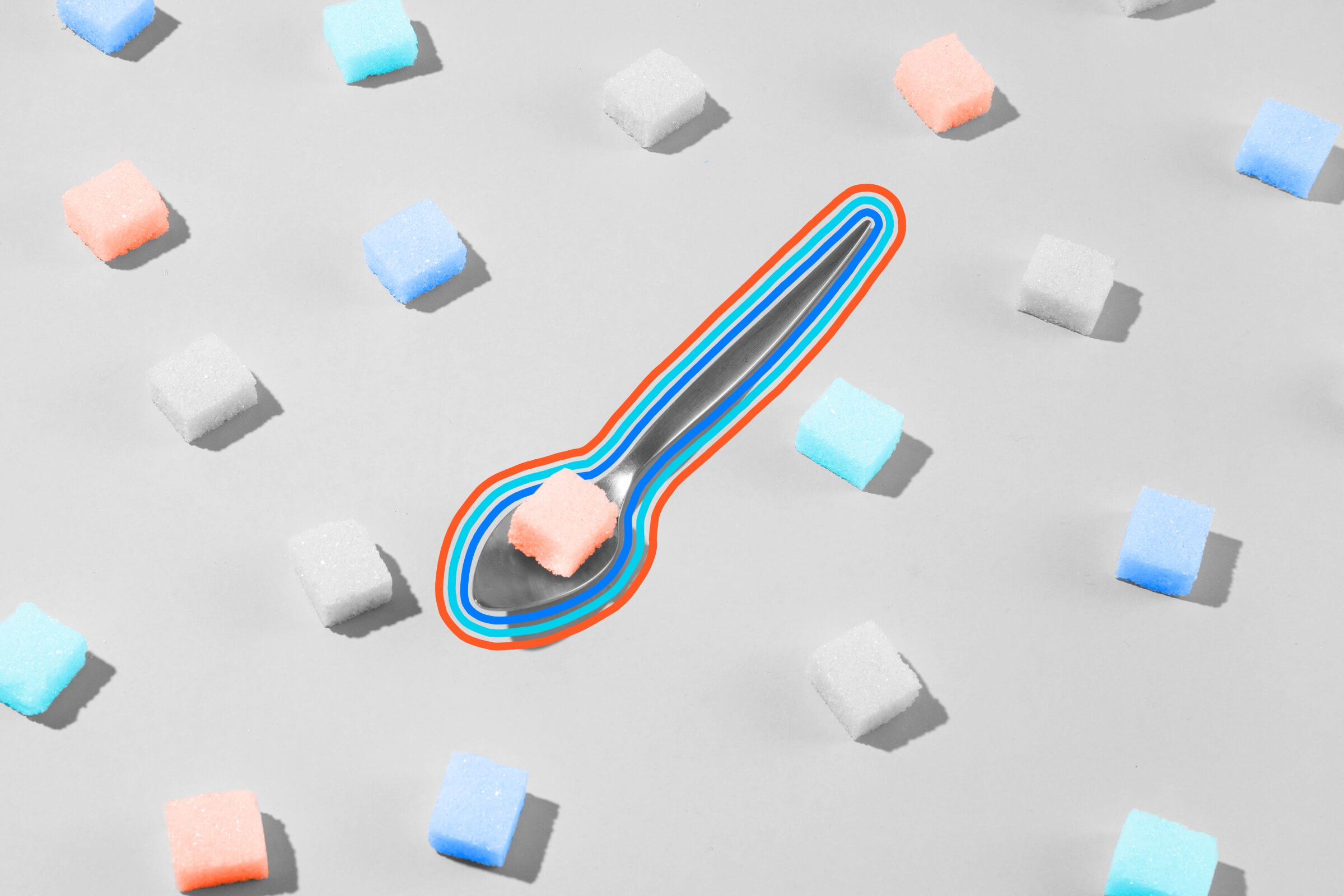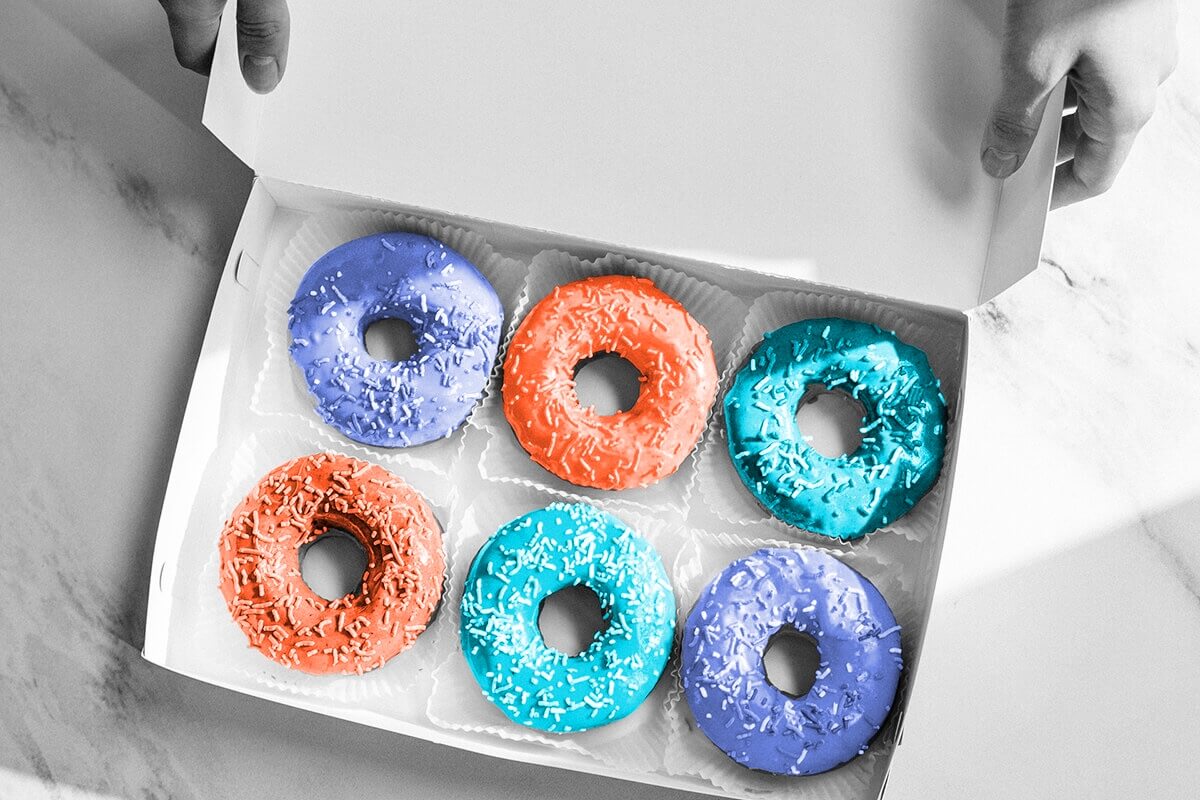
Sugar used to be prescribed as medicine.
Beloved film character Mary Poppins is known for sweetly singing that “a spoonful of sugar makes the medicine go down.” While it works wonders on-screen, the trick didn’t start with the fictitious nanny; healers, doctors, and pharmacists have relied on sugar to help patients choke down unsavory medications for thousands of years. But at one time, the sweet stuff wasn’t just an add-in — it was often the featured ingredient in healing remedies believed to cure all kinds of ailments. Sugar was used to treat sickness and injury as far back as the first century, when Middle Eastern practitioners prescribed it for dehydration, kidney issues, failing eyesight, and more. During the 11th century, English monks noted sugar’s ability to soothe upset stomachs and digestive issues, and by the Middle Ages doctors tried treating bubonic plague with concoctions of hemp, sugar, and more unpleasant ingredients. As recently as the 1700s, pharmacists recommended a glass of lemon juice and sugar water for asthma attacks.
Part of sugar’s allure — and perhaps perceived medicinal benefits — may have been connected to its former rarity. Some historians believe sugarcane originated in Southeast Asia, where farmers may have grown it as early as 8000 BCE, but refining began around 2,500 years ago in India — a process that made sugar shelf-stable and allowed it to spread to other regions. With far to travel, the sweetener was expensive by the time it reached medieval Europe, and for centuries was mostly reserved for the wealthy. But in 1747, German chemist Andreas Sigismund Marggraf discovered a way to produce sugar that didn’t require the sweltering climates in which sugarcane plants grow. Instead, sugar could be harvested in colder regions from the sugar beet, a root vegetable that grows in about three months. Over the next 100 years, sugar beet factories sprang up across Europe and then America, driving down the price of sugar and eventually giving people of all means a chance to savor a little sweetness — with their medicine or otherwise.
Granulated, brown, powdered, pearl, cubed — there’s a lot of sugar on Earth. And surprisingly, there’s sugar in space, too. Researchers first discovered evidence of glycolaldehyde, a type of simple sugar, in 2000 while looking for molecules in space that could support life. Glycolaldehyde is much less complex than cultivated Earth sugars, with only eight atoms compared to cane sugar’s 45. But when it's found in space, researchers believe the stuff could play an important role in jump-starting life beyond our planet. That’s because glycolaldehyde can combine with a chemical called propenal to make ribose, a component of ribonucleic acid, which is similar to DNA and found in all living things. So far, glycolaldehyde has only been found both in the interstellar gas cloud at the Milky Way’s center and in the gases surrounding a young star 400 light-years from Earth.

